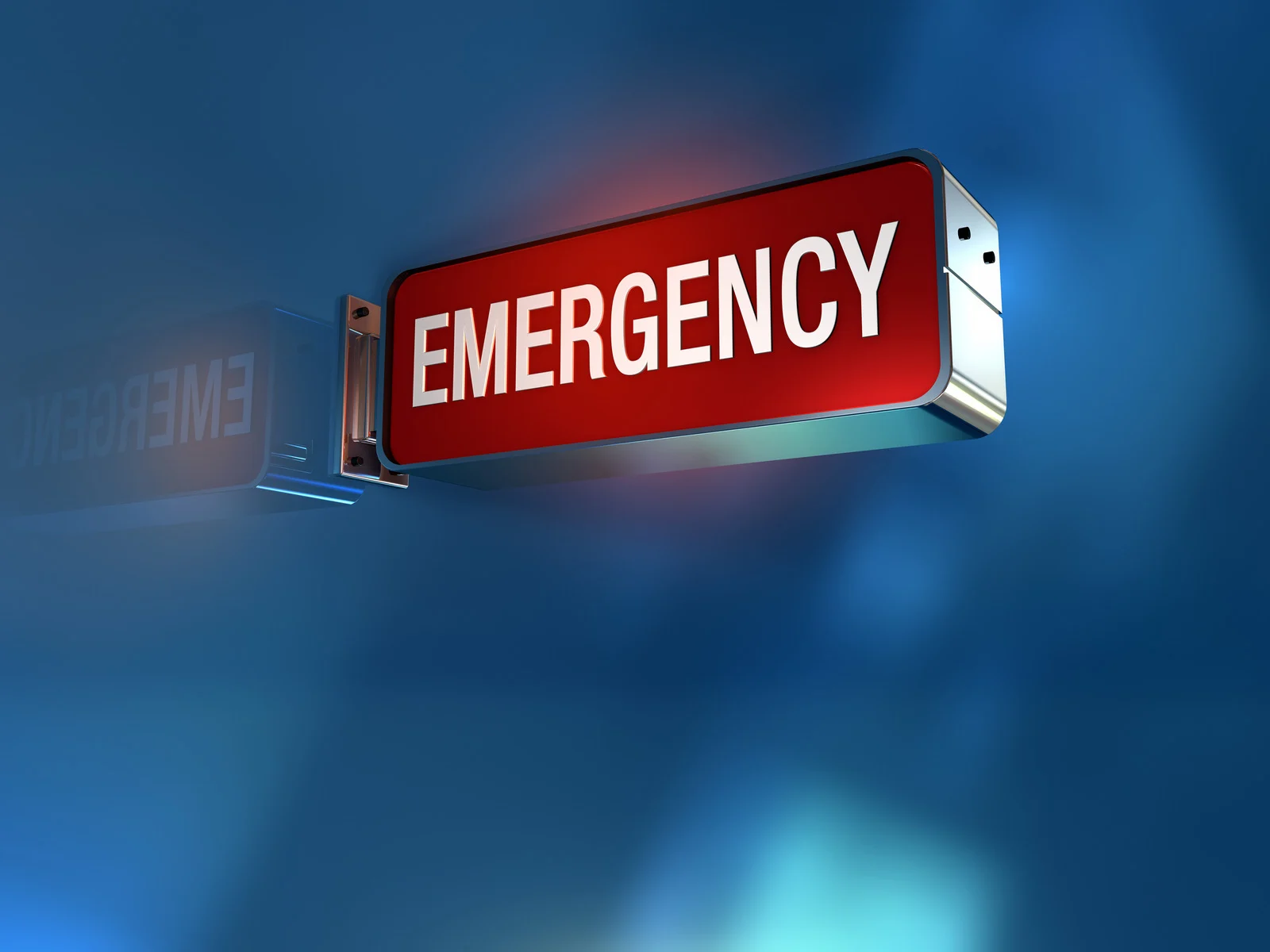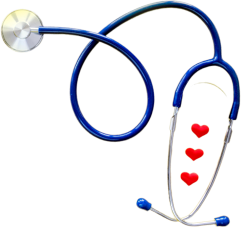
Why Emergency Services Are the Backbone of Community Safety
When an accident, sudden illness, or disaster happens, the first thing people look for is help. These services are not only about fast response, but also about saving lives, protecting communities, and giving people peace of mind.
In Malaysia, Putra Melaka Hospital is known for providing top emergency services, ensuring patients get the urgent care they need when every second counts.
What Are Emergency Services?
Emergency services are teams and systems set up to handle sudden and dangerous situations. In healthcare, emergency services are focused on urgent medical needs like heart attacks, strokes, injuries, or accidents. Our goal is to act fast, stabilize patients, and make sure they get the right treatment as soon as possible.
Without emergency services, many people would not survive serious health problems or accidents. They are designed to respond quickly, no matter the time of day, and provide lifesaving care before conditions get worse.
The Connection Between Emergency Services and Clinical Services
While emergency services focus on fast response, clinical services cover the wide range of healthcare treatments that follow. For example:
- Emergency services bring a patient to the hospital after a car accident.
- Clinical services then provide surgery, therapy, or long-term care.
The two work hand in hand. Emergency services stabilize patients, and clinical services make sure they recover fully. This teamwork is what makes healthcare effective.
Why Emergency Services Matter to Community Safety
Emergency services play a huge role in keeping communities safe. Let’s look at some of the key reasons why they are the backbone of safety:
1. Rapid Response to Emergencies
When an emergency strikes, time is critical. Whether it’s a fire, accident, or heart attack, emergency services are trained to respond within minutes. Quick action saves lives and prevents further harm.
2. Lifesaving Medical Support
Emergency medical teams are trained in CPR, first aid, trauma care, and advanced life support. They often provide critical care on the spot, before a patient even reaches the hospital.
3. Disaster Management
During floods, storms, or major accidents, emergency services lead rescue operations. They coordinate evacuations, provide shelter, and deliver medical care.
4. Public Confidence and Safety
Communities feel safer knowing that trained professionals are available 24/7. Emergency services give people peace of mind, knowing that help is always near.
5. Link Between Home and Hospital
Emergency services are often the first step in a patient’s healthcare journey. Without them, many patients would not make it to clinical services in time.
Types of Emergency Services
Emergency services can be grouped into different types. Each has a special role in protecting people and communities.
1. Emergency Medical Services (EMS)
This includes ambulances, paramedics, and emergency doctors. They handle accidents, sudden illness, and medical crises. Their focus is stabilizing patients and transporting them to hospitals.
2. Fire and Rescue Services
These teams fight fires, rescue people from dangerous situations, and respond to accidents. They are often trained in both firefighting and first aid.
3. Police and Law Enforcement
Police protect communities from crime, respond to accidents, and manage public order. In many emergencies, police work side by side with medical and fire services.
4. Hospital Emergency Departments
Hospitals, like Putra Melaka Hospital, have dedicated emergency departments. These departments handle urgent medical cases, from injuries to life-threatening conditions. They work closely with both emergency medical services and clinical services.
How Emergency Services Work
Emergency services follow a well-organized process to handle crises:
- Call for Help – When someone dials the emergency number, the call is directed to a dispatch center.
- Quick Response – The nearest emergency team is sent to the location.
- On-Site Care – Medical or rescue support is given immediately.
- Transport if Needed – Patients are taken to hospitals for further clinical services.
- Handover – Emergency staff share important details with hospital doctors for smooth treatment.
This system ensures that care is fast, accurate, and continuous.
The Role of Clinical Services After Emergency Care
Emergency services save lives in the first minutes, but clinical services ensure long-term recovery. Once a patient is admitted, clinical services provide:
- Surgery for injuries or internal problems.
- Intensive Care for patients in critical condition.
- Rehabilitation for recovery after accidents or illness.
- Counseling for mental health support after trauma.
Emergency Services in Malaysia
In Malaysia, emergency services have grown stronger in recent years. More hospitals and clinics are now equipped with advanced facilities. Putra Melaka Hospital stands out as one of the leading hospitals offering top emergency services. With trained doctors, nurses, and paramedics, they ensure patients get immediate help during emergencies.
Challenges Faced by Emergency Services
Even though emergency services are essential, they face many challenges:
- High Demand – Emergencies can happen anytime, putting pressure on staff and resources.
- Traffic and Delays – Getting to patients quickly can be hard in busy cities.
- Shortage of Specialists – Skilled emergency doctors and paramedics are not always enough to meet demand.
- Public Awareness – Sometimes, people don’t know when to call emergency services or how to give correct details.
Conclusion
Emergency services are more than just fast responders. They are the backbone of community safety, giving people confidence and saving countless lives every day. By working closely with clinical services, they ensure that patients not only survive emergencies but also recover fully.
In Malaysia, Putra Melaka Hospital is known for providing top emergency services, combining speed, skill, and advanced care. Their strong teamwork between emergency and clinical services shows why they are trusted by the community.
Find more about:

